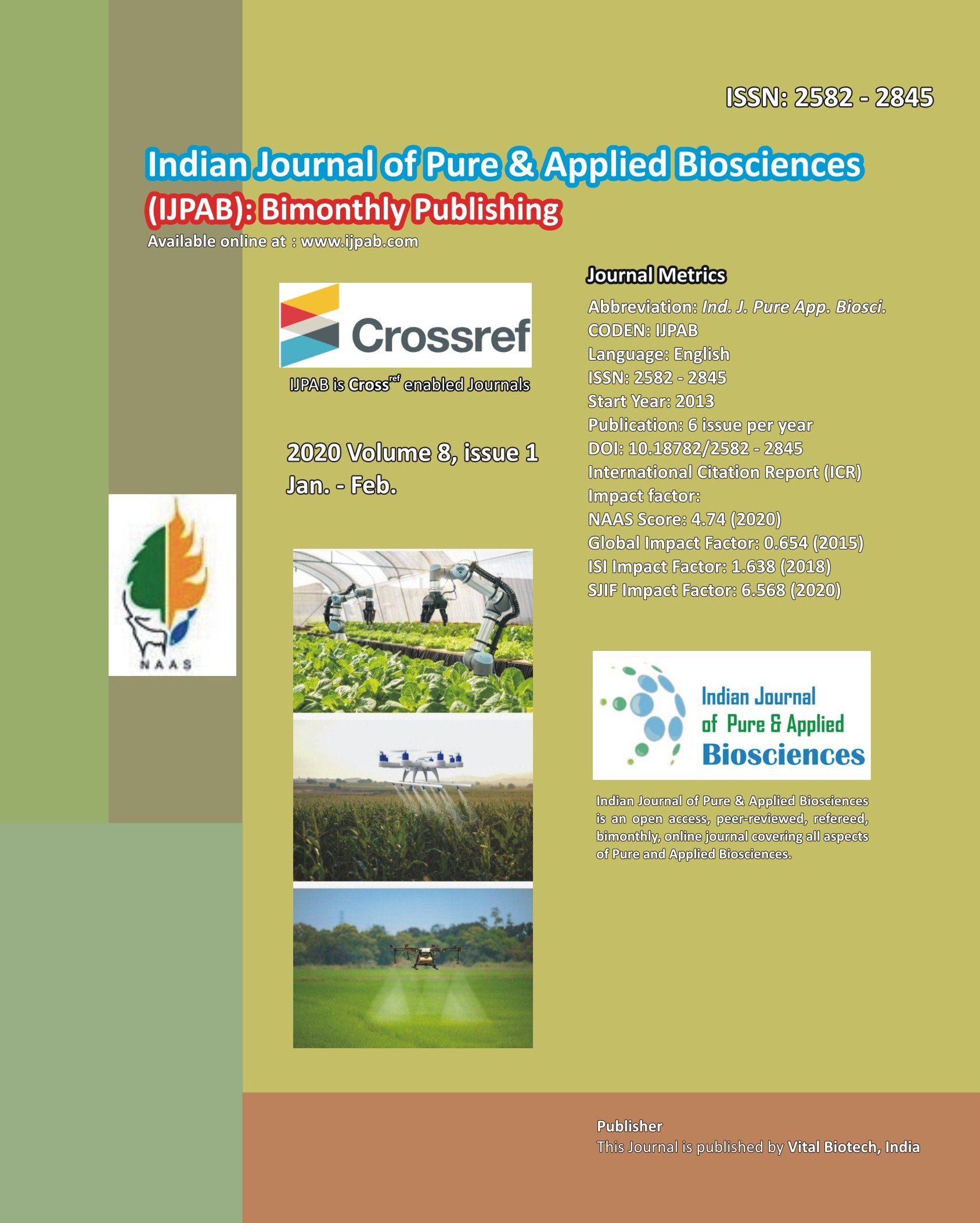
-
No. 772, Basant Vihar, Kota
Rajasthan-324009 India
-
Call Us On
+91 9784677044
-
Mail Us @
editor@ijpab.com
Indian Journal of Pure & Applied Biosciences (IJPAB)
Year : 2020, Volume : 8, Issue : 1
First page : (56) Last page : (59)
Article doi: : http://dx.doi.org/10.18782/2582-2845.7938
Physico Chemical Properties of Regenerated Fibres - Bamboo and Tencel
Renuka Medar1* and Geeta Mahale2
Asst. Prof1 and ICAR- Emeritus Professor2
Department of Textile and Apparel Designing, College of Community Science, UAS Dharwad
*Corresponding Author E-mail: rain23medar@gmail.com
Received: 15.12.2019 | Revised: 17.01.2020 | Accepted: 26.01.2020
ABSTRACT
Textile industry is a major pollutant as it has a higher level of dependence on pesticides and chemical fertilizers. As consumer demands for a better standard of living are increasing day by day, scarcity of resources acts as barrier for an improvised and user friendly environment. Thus there is a need to introduce new regenerated fibres namely bamboo and tencel which inherently possess good absorbent behaviour and antimicrobial property which are user and environment friendly. In the present study an attempt has been made to study the physical and chemical behaviour of bamboo and tencel fibres and their behaviour when subjected to chemicals. Bamboo and tencel yarns were procured from Coimbatore. Being regenerated in nature fibres were obtained by manually untwisting the yarns and obtained fibres were subjected to analysis of chemical composition, effect of solubility percentage on subjecting bamboo and tencel fibres using different chemical reagents and the microstructure was analysed using the projection microscope. Results revealed that, bamboo fibres depicted striations in its longitudinal view and more serrated edges in cross sectional view while tencel possessed higher striations with smoothened edges making the fibre more lustrous and soft to handle. While being cellulosic in nature both the fibres were highly susceptible to both the test acids while both the fibres were completely insoluble in solvents and in case of alkalies little amount of fibres tend to dissolve in test alkalies. Whereas, both the fibres attained higher cellulose and hemicellulose content adding strength to the cell wall hence making the fibre stronger.
Keywords: Bamboo, Tencel, Regenerated fibres
Full Text : PDF; Journal doi : http://dx.doi.org/10.18782
Cite this article: Medar, R. & Mahale, G. (2020). Physico Chemical Properties of Regenerated Fibres - Bamboo and Tencel, Ind. J. Pure App. Biosci. 8(1), 56-59. doi: http://dx.doi.org/10.18782/2582-2845.7938

